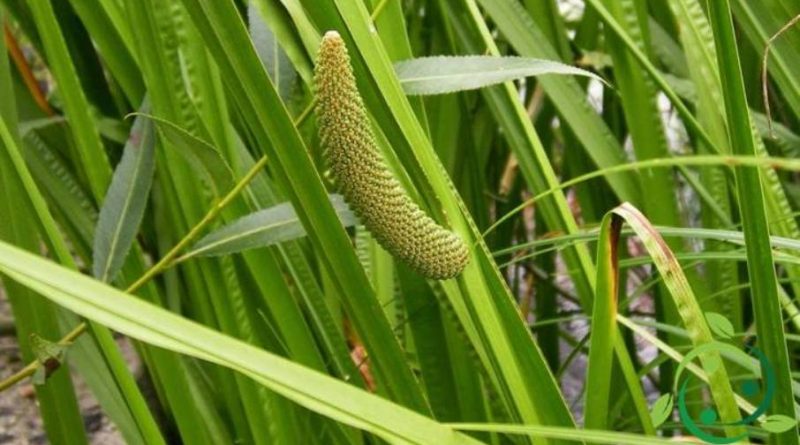How to cultivate the aromatic calamus
How to cultivate the aromatic calamus
The aromatic calamus (Acorus calamus L., 1753), also called Canna odorosa is a marshy and perennial herbaceous species of the Araceae family. The leaves of this plant, if wrinkled, are quite aromatic. In this sheet we will see how to cultivate the aromatic calamus and the most useful precautions to follow.
The aromatic calamus needs very bright positions but can be grown in full sun or partial shade, in a place where it can receive a few hours of direct light a day. It is also a plant that endures the cold and shows some difficulties with hot summer temperatures; for this reason, in a warmer area and latitudes, a more shaded position should be sought. It is a species that grows well even as an aquarium plant.
As for soils, the most suitable ones must be particularly humid, possibly on the banks of watercourses or basins or in underground containers on the bottom of ponds and ponds. Soils should possibly have a slightly acidic pH.
The propagation of the aromatic calamus can be made by seed, even if, under certain not optimal conditions, the plant can not produce them or not be fertile. For this reason it is better to proceed with the division of the heads of leaves, as the stolons of the plant tend to branch off under the ground and to produce new plants, which can be detached from the mother plant and placed at home in late summer or early of the spring.
The best vegetative vigor occurs in the presence of organic substances incorporated into the soil at the end of the winter period. Absolutely avoid the use of synthetic fertilizers and especially nitrogen fertilizers.
Regarding adversity; among the main ones we remember the aphids that can damage especially the young shoots. The period of greatest intensity is that of early spring which can continue, in conditions of high humidity, even until the beginning of the summer.
For this reason, with the beginning of spring it is good to immediately monitor their possible presence and intervene, with their appearance, with compounds based on Marseille soap, with interventions, where necessary, repeated every 4-8 days.

